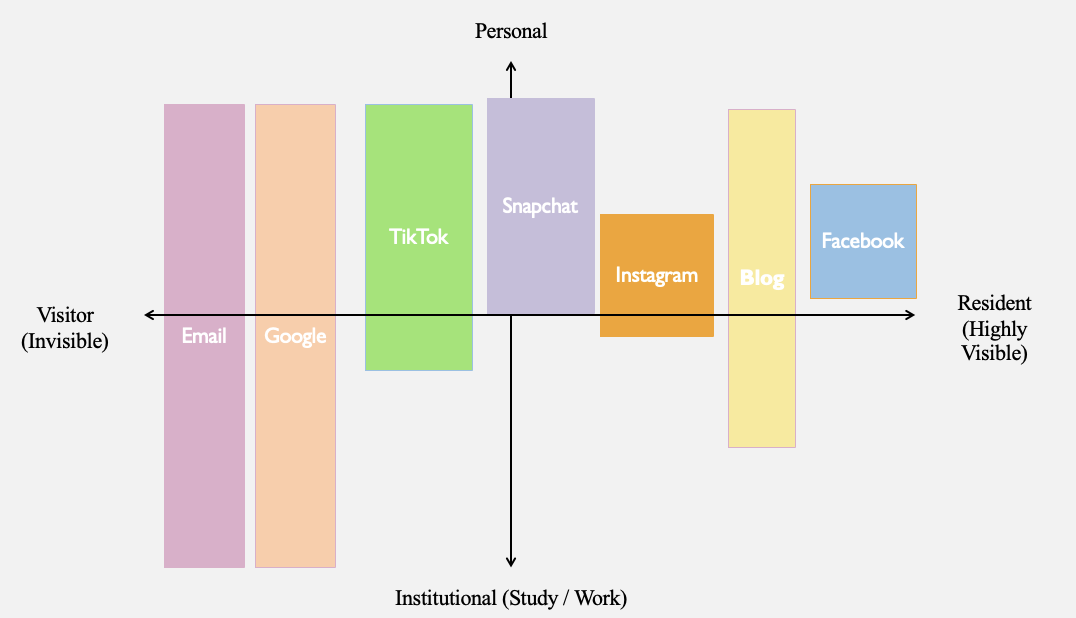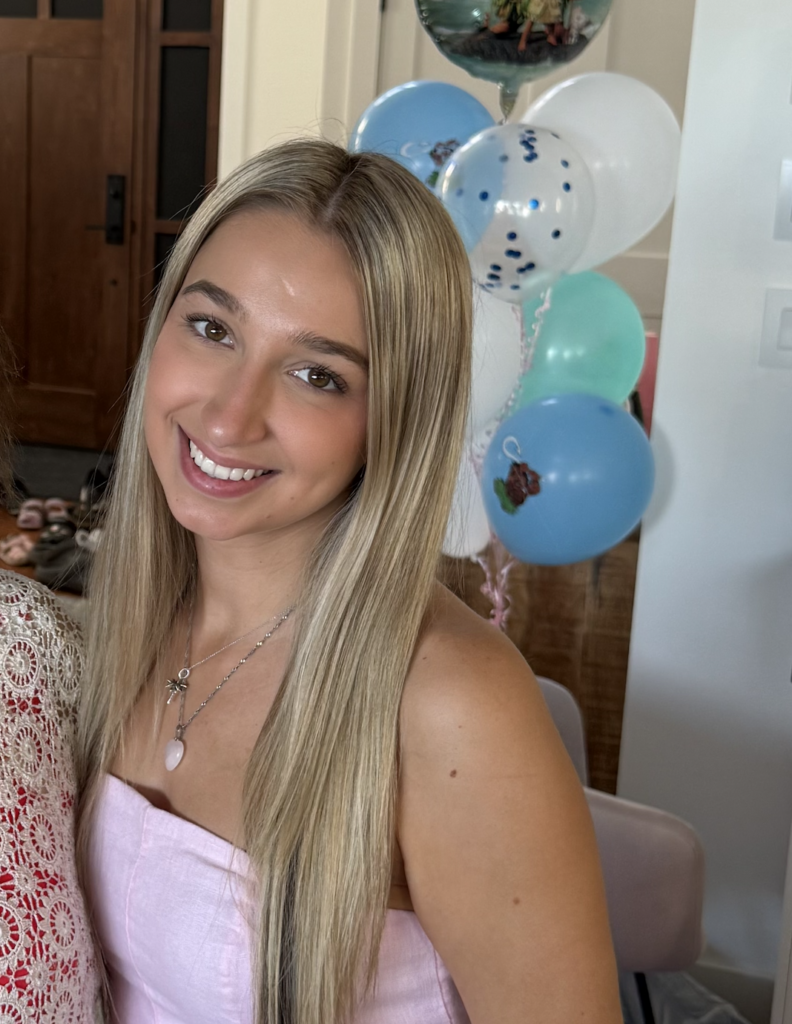PLN Spaces Through Social Media
A personal Learning Network (PLN) is a community of people and online spaces that help ongoing learning and development. PLNs are built through connections; usually on social media and give you access to different perspectives, useful resources, and real learning outside of the classroom. For me, having a PLN means I can learn from people with shared interests or more experience, and keep up with information I wouldn’t easily find otherwise. I use several platforms to shape a PLN that fits both my personal and academic goals.

How I Use Each Platform:
| TikTok: | Find information about current topics, new advice and helpful study tips. |
| Helps me stay updated on jobs and new career paths. | |
| I join educating threads to hear peoples opinion and thoughts on certain topics. | |
| YouTube | Watch Tutorials, or “How to” Videos |
| Podcasts | Listen to experts discuss specific topics while driving. |
| Explore new topics visually. |

Privacy, Ethics, and Security in Digital Spaces
Privacy, ethics, and security are all connect when it comes to staying safe and respectful online. Privacy is about keeping your personal info protected and deciding who gets to see it. Ethics means treating others kindly and acting responsibly in digital spaces. Security is how you protect your accounts and data from hackers. These three are closely connected because without good security, privacy can be compromised, and without ethics, online spaces can become very toxic. I protect my personal information by keeping my social media profiles private, only accepting people I know, creating a very complex password and being extra careful to never post anything I wouldn’t want others to access.
Inclusivity and UDL in PLNs
One thing I’ve learned about building a Personal Learning Network (PLN) is that it shouldn’t just reflect what I already know, it should help me discover new ideas and different points of view. That’s why I’m careful about how I use platforms like LinkedIn, TikTok, and Reddit. The posts I click on, watch, or share affect what shows up in my feed. Since these sites tend to show more of what you interact with, I try to keep my activity focused on professional and diverse voices. Thinking about Universal Design for Learning, or UDL, has helped me make my PLN more welcoming to everyone. UDL is all about offering different ways to get involved. For example, some people like joining lively conversations, others prefer quick polls, and some just want to read quietly.
UDL also means sharing information in different formats, like videos, pictures, or easy to understand summaries, so everyone can follow along in a way that works best for them.
It also reminds me that everyone shares what they’ve learned in their own way. Some wright thoughtful posts, others can create videos, and some use voice recordings. Embracing these different styles makes the learning space richer and more welcoming for all kinds of learners.
As Skip Stahl explains, designing learning environments to support students with a wide range of needs including those at both ends of the ability spectrum actually benefits all learners in between. In other words, UDL helps create spaces that genuinely include everyone, not just a few.
By thinking about UDL, I try to make my PLN a friendlier place where everyone feels comfortable learning and sharing in their own way.
Challenges and Importance of Diversity in Digital Learning
Not everyone experiences digital learning the same way. For example, someone with vision loss might struggle with images that don’t include text or captions. A student who is deaf or has difficult hearing may miss out on key points in a video that doesn’t have captions. Others might feel left out when all the content comes from the same culture, language or perspective. It’s easy to overlook these issues if you don’t face them yourself, but for so many people, they create real barriers to learning and participation
UDL gives a great framework for this. It encourages different ways to engage, show understanding and share ideas. Skip Stahl explains that when we design for those at the edges, we help everyone in the middle too (CAST, 2022). That mindset has changed how I use my digital spaces

References
CAST. (2022, November 2). Universal Design for Learning in higher education [Video]. YouTube. https://www.youtube.com/watch?v=O_MCvjkd8Jc




